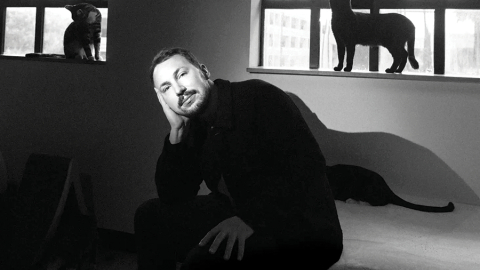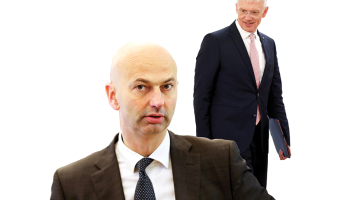
Foto: Aigars Eglīte, F64
First the good news: The Latvian economy is still growing at a very respectable 5.0% - should be the highest growth rate in the EU - as was publicized by the Central Statistical Bureau a few days ago.
More good news: Growth continues to be broad-based. Figure 1 shows the development of GDP and its main demand components since the economy peaked in the first quarter of 2008. Exports started growing form Q1 2010, helping GDP to grow from Q3 2010 and private domestic demand - consumption and investment - started picking up from Q1 2011. Even public spending is adding to growth now and has done so since Q2 2011.
Figure 1: GDP, Private consumption (C), Private investment (I), Government spending (G), Exports (EX), Imports (IM). Rescaled so that Q1 2008 = 100 for all variables.















